Learning how to serve is one of the most important parts of volleyball. When you are doing this, getting the right technique is vital. So, are you able to switch hands when making a volleyball serve?
Typically, when serving you will toss the ball with one hand and hit it with the other. But you can customize the routine to suit you. Some people throw and toss with the same hand. As long as you aren’t using two hands at the same time, or making contact with the ball twice, it will be a legal serve.
There are lots of rules to bear in mind when making a volleyball serve. If you don’t do it properly, you are at risk of being faulted. Keep reading to learn more about these rules and the correct serving technique.

Finding the Right-Hand Position When Serving
You will find it a lot easier to put enough power behind the serve when you have the right position. There are a few types of serve that you can use. These include:
- Underhand serve. This is one of the most popular options, as it is the easiest type of serve to learn.
- Overhand serve. This is most common for more advanced players. You will often see it being employed at the high school level.
- Jump serve. This is the most advanced, requiring you to jump in the air while you are serving the ball. But, when used effectively, it will also be more unpredictable and harder to return.
Ideally, should be proficient in all three. The one that you will use will depend on the circumstances in which you are playing.
Each of these serves, though, will require you to decide which hand you want to use. Often, you’ll use your less dominant hand to throw the ball in the air. This will make it easier for you to hit. For example, if you are left-handed you would throw with your right hand and hit it with your left.
However, it might be best if you learn how to serve using both hands. Some positions, like the opposite, will favor left-handed people. Others will work best for those who use their right. If you are comfortable using both hands, you’ll be able to play any position on the court. Plus, being able to serve with both hands can come in very useful during a botched set.
A third option is to change hands mid-serve. You can toss the ball up with one hand. You can hit the ball with the same hand. Click here for 10 Volleyball Tips for Left-Handed Players
The best way to find which serve technique works best for you is by practicing each of them. See which one feels most natural and gives you the best results.
What is a Legal Serve?
There are multiple rules that you need to follow to make a legal serve. In volleyball, the serve starts when you throw the ball into the air. Players are only allowed to toss and release the ball once. As a result, you won’t be able to catch the ball and re-start the serve. This is a fault.
During your serve, you only have one chance to toss and hit the ball. So, if you’ve made a bad toss, you only have two real options. Option #1: let the ball just hit the floor. This results in an automatic forfeit of your serve and losing the point. Option #2: do whatever you can to salvage the bad toss into an okay serve. While it may not be your best technique, it’s worth a shot. This is why it’s a great idea to train yourself to serve the ball with either hand.
Here is a quick overview of some of the other rules you need to know when serving in volleyball.
Hitting With One Hand
When you are serving the ball, there is a clear format that you need to follow. This is:
- Toss the ball up into the air with one hand
- Hit the ball with the other hand or arm
- The ball goes over the net
Because of this, it’s often best to use an overhand serve. You will be able to throw the ball higher up into the air. However, it is still possible to do a legal underarm serve. In this case, you will need to drop the ball, rather than tossing it. You just need to make sure that you release the ball from one hand before it makes contact with the other. Click here for 10 Volleyball Skills for Ambidextrous Players
If you are making a jump serve, you also need to think about the way that you are positioning your feet. You don’t want to get a foot fault. When practicing, have a friend or coach observe you. They can help you improve your approach, so you aren’t getting into trouble with the referee.
Double Contact Rule
Sometimes, you might make a wayward serve, sending the ball off in the wrong direction. In this case, the temptation is to tap the ball back onto the right course. Neither the server nor your teammates will be able to do this. If you do, it counts as double-contact and you will end up getting a fault.
Serving with a Fist
There are no rules against serving with a fist. But it’s still rare to see players doing this. Often, this method isn’t practical or accurate. When you are serving with a fist you won’t have as much control over the direction the ball is travelling in. Instead, it’s best to serve using an open palm.
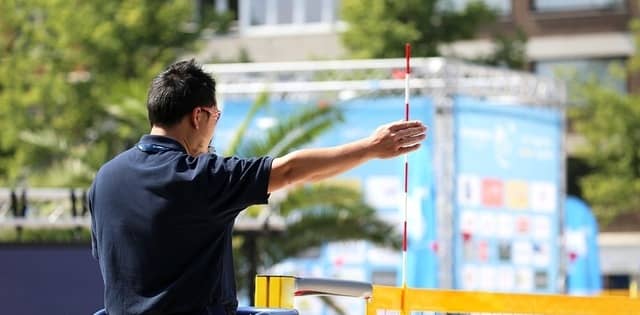
What Happens if you Make an Illegal Serve?
If you break the rules when making a serve, it will be counted as a fault. If this happens, you will lose the right to serve and the other team is awarded a point. The ball will go to the other team and they will make the serve. In addition to advancing the other team’s score, this will give them an important tactical advantage.
Improving Your Volleyball Serve
You will only be able to improve your serve through consistent practice. Here are some of the things that you should be doing:
- Talk about your technique with your coach. They will be able to provide insights that you might have been unable to see for yourself. They can also point out any bad habits and give you some tips to help you overcome them.
- Do target practice. Set up a basket on the other side of the net. Then practice serving and getting the ball in the basket. Move the basket around every few serves, until you can confidently hit anywhere on the court.
- Get the right toss height. A good serve isn’t just about the way that you are hitting the ball. You also need to consider the way that you are throwing it in the ball. Too high and it will become unpredictable. Too low and you won’t have enough time to hit it. The ideal toss will reach just above your maximum reach height.
- Hit the middle of the ball. When you are making contact with the ball, you should aim to have the center of your palm making contact with the ball. This will give you the maximum amount of control.
- Get your feet in the right place. A good serve requires correct footwork. This will help you balance, so you can put your weight behind the hit. It’s often best to put most of your weight onto the back foot. Your lower body shouldn’t move too much when you are serving.
- Don’t rush. Finally, you should take your time with a serve. If you are rushing to get through it, you will make mistakes. It can help to establish a routine, like bouncing the ball three times, to help you focus your mind before you serve.
Click here for 10 Volleyball Serving Tips for Beginners
Final Thoughts
Serving is one of the most important parts of volleyball. Because of this, you need to find a serving method that works for you. Some people prefer to use two hands. They throw with one hand, often the non-dominant one, and hit with the other. Others prefer to toss and hit with the same hand. As long as you are staying within the rules, you will be able to switch hands mid-serve without getting a fault.
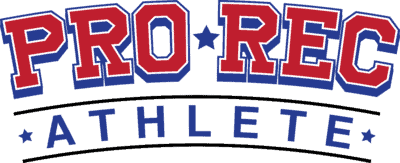
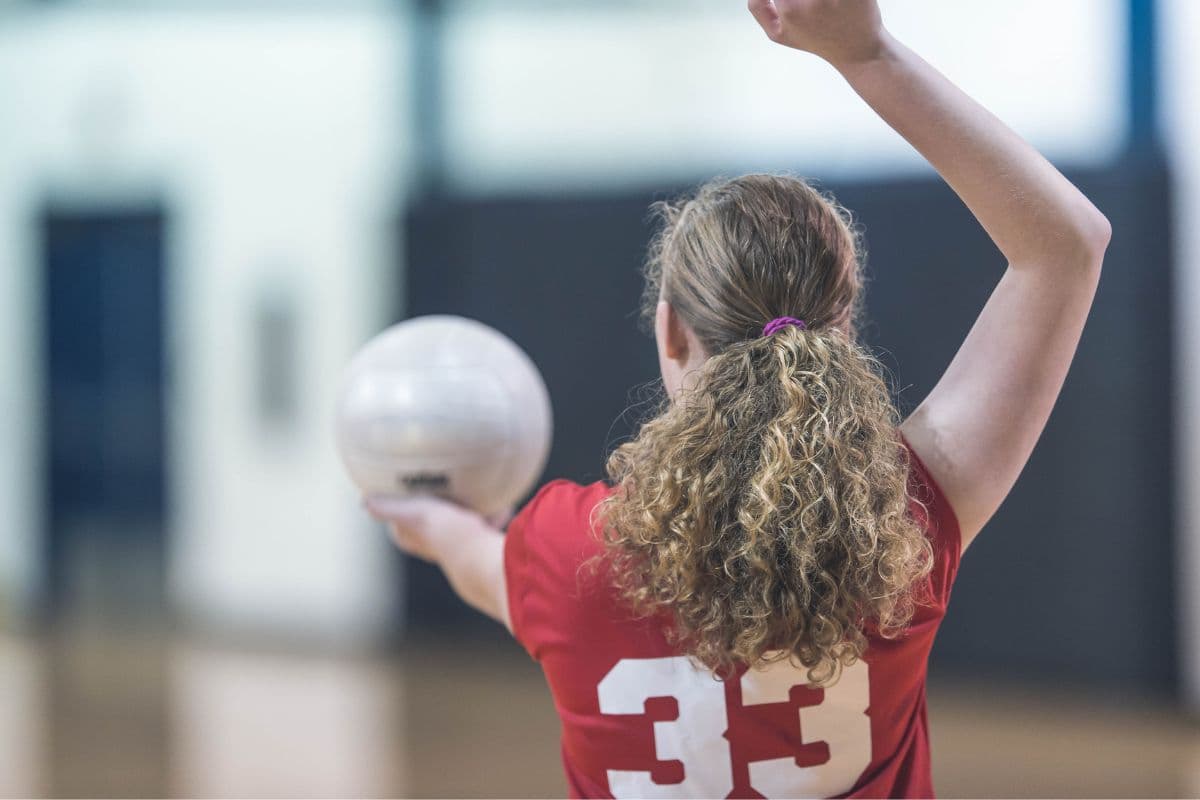
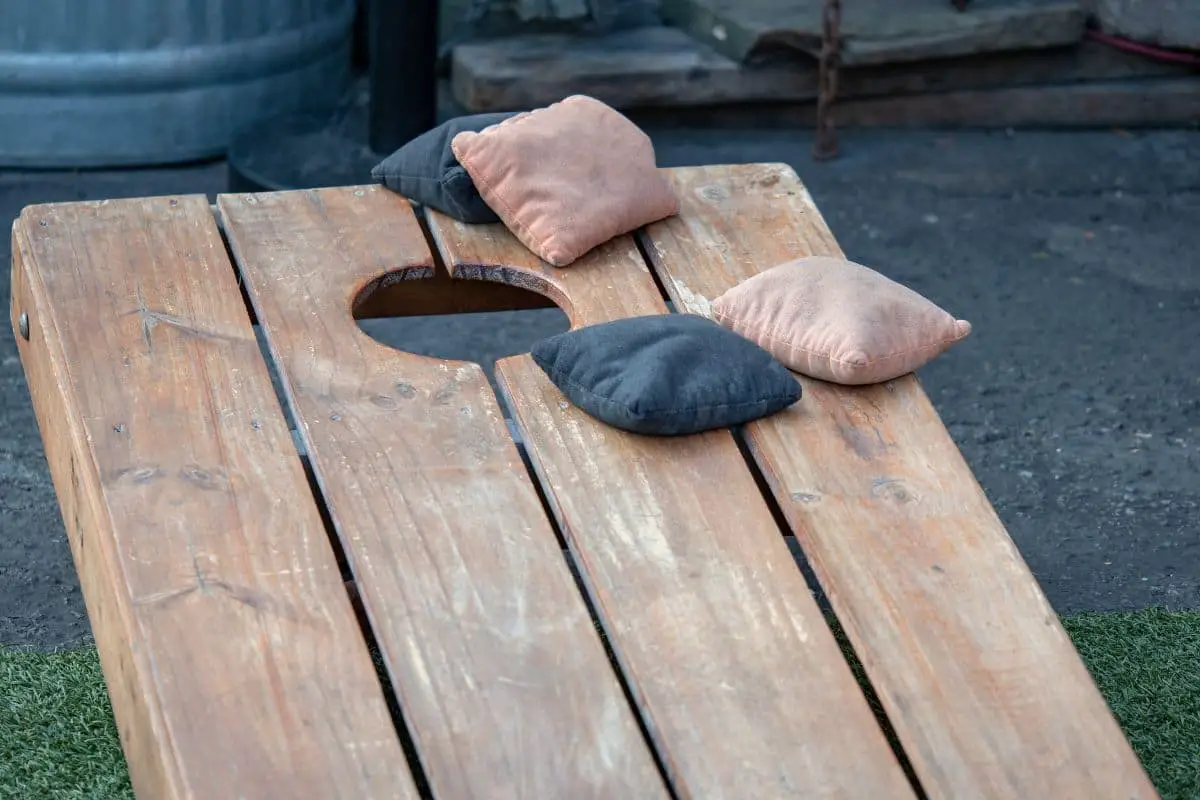
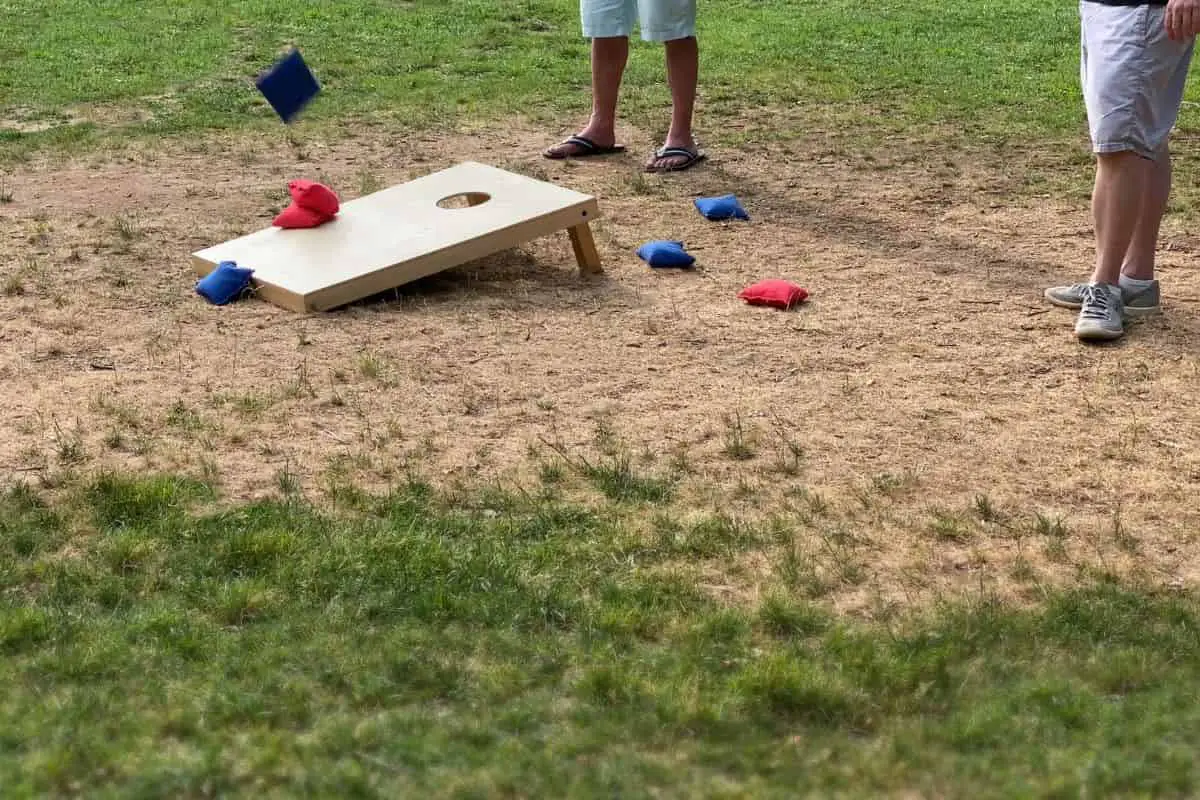
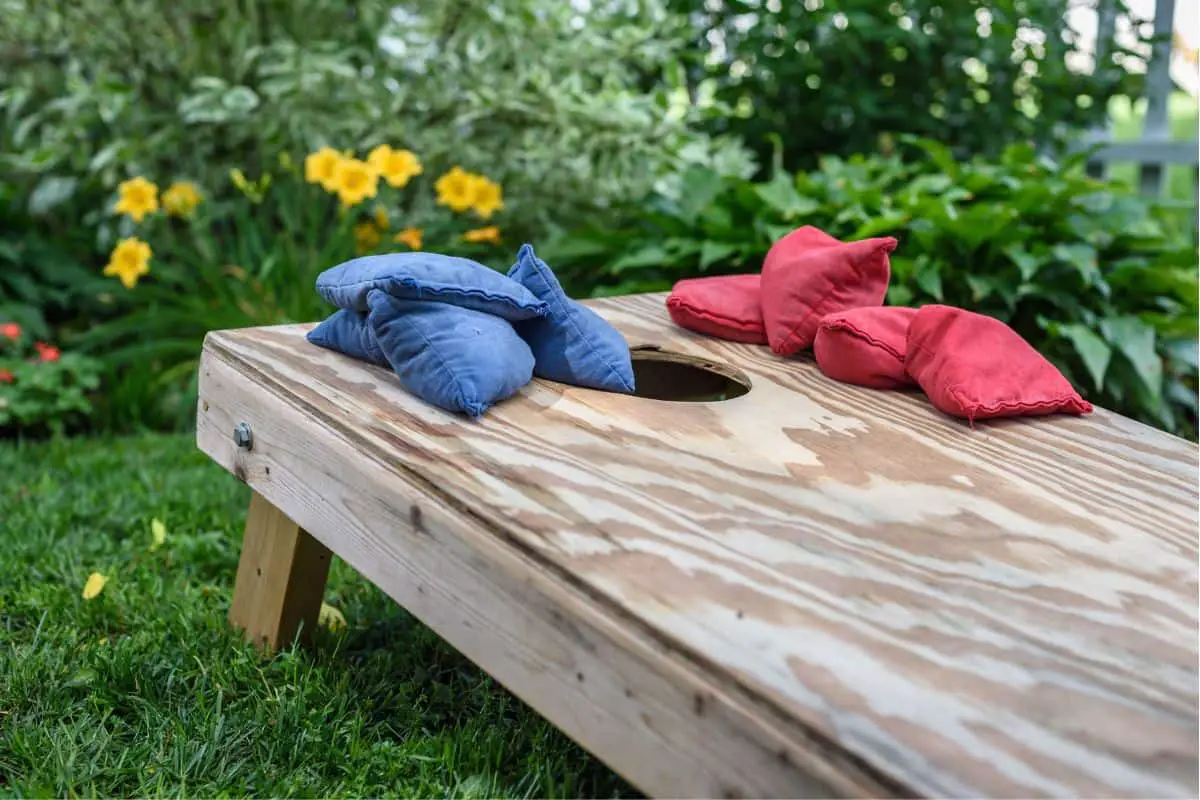
Leave a Reply
You must be logged in to post a comment.